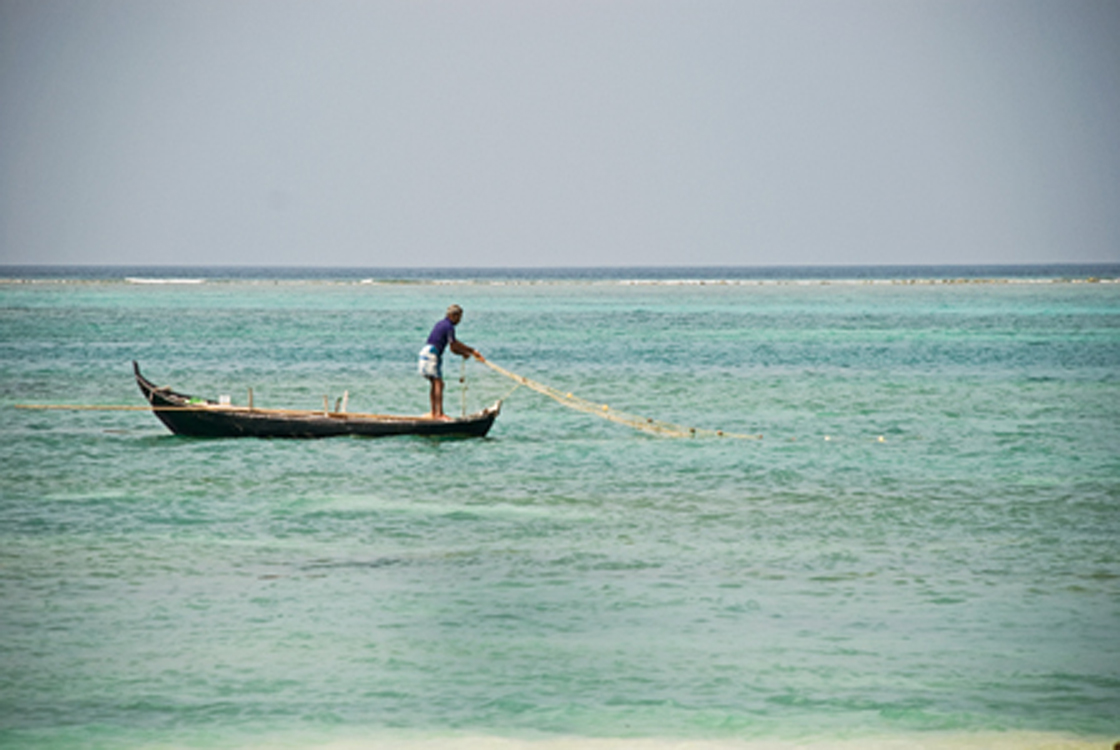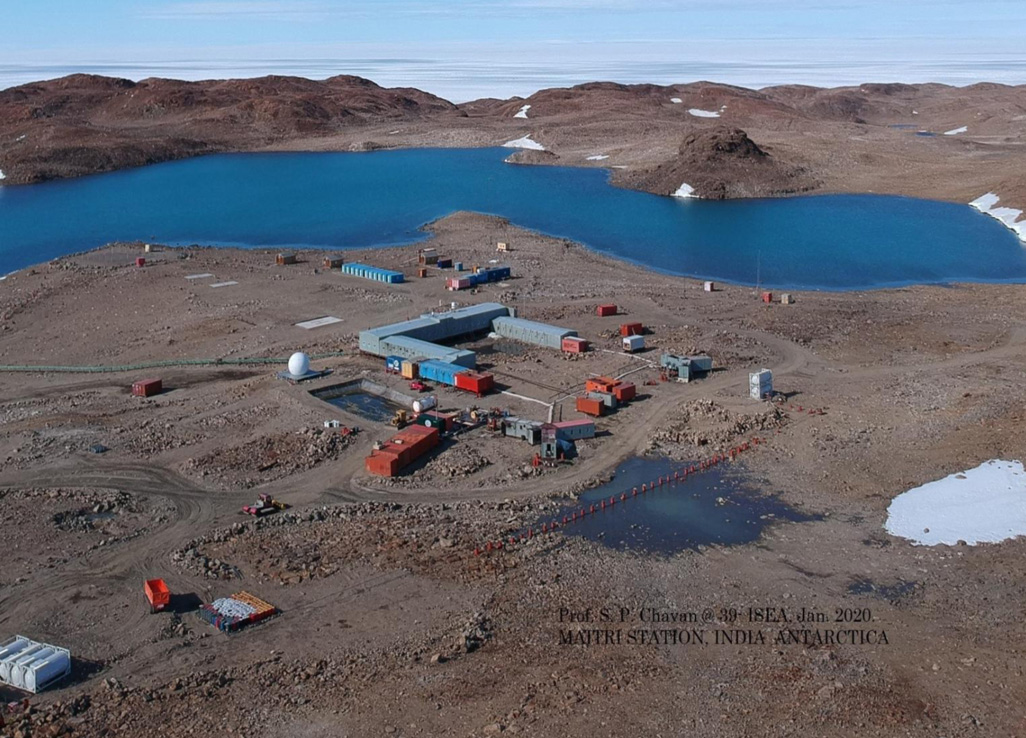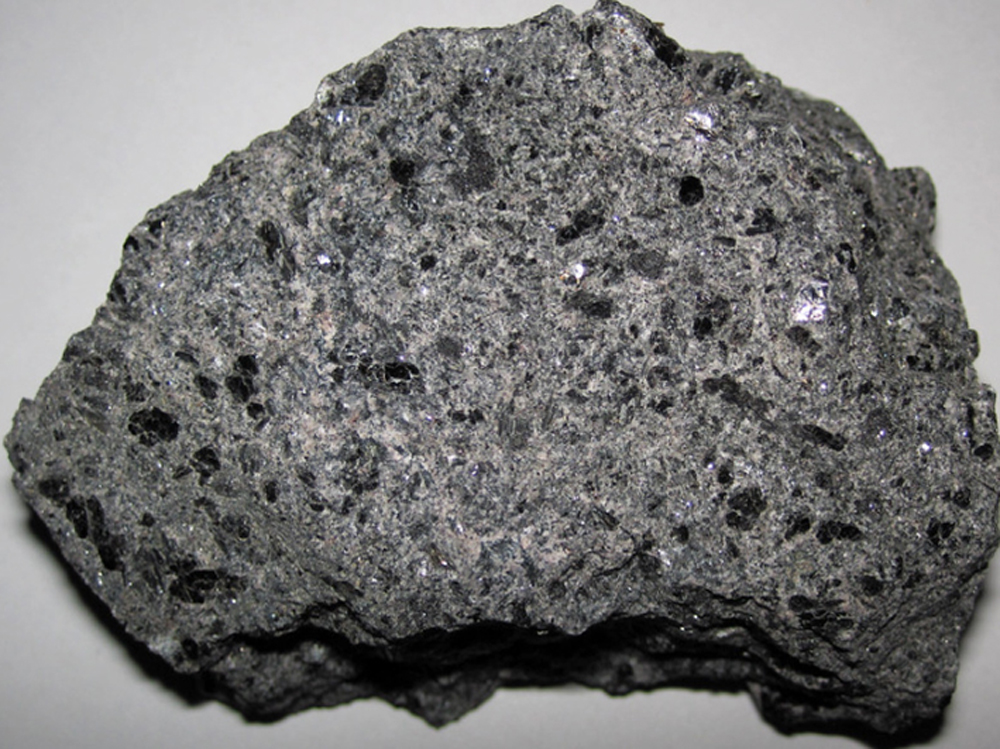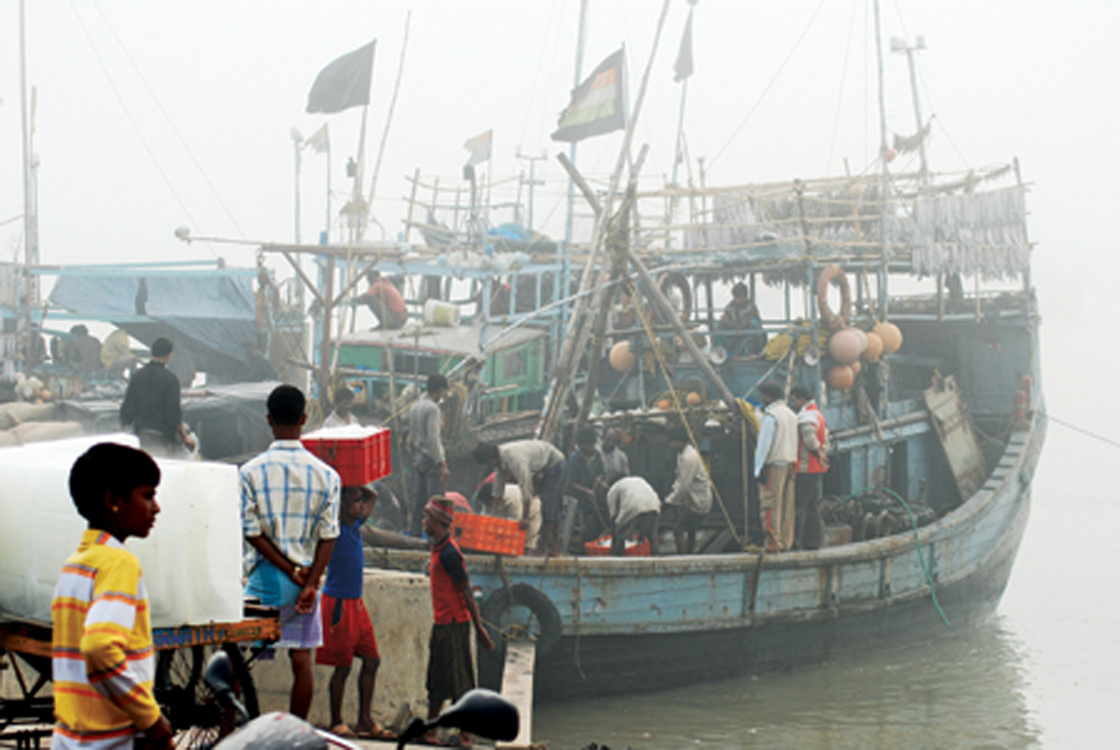Marine Fisheries and Climate Change



India is set to embark on a new chapter in its Polar exploration journey with the construction of Maitri II. The Indian government plans to establish a new research station near the existing Maitri ba...
.png )
The Deep Ocean Mission (DOM), approved by the Government of India in 2021 under the Ministry of Earth Sciences (MoES), represents a strategic step in realizing Sustainable Development Goal 14 (SDG 14:...

China recently announced restrictions on the export of seven rare earth elements (REEs), soon after US President Donald Trump decided to impose tariffs. As the world's dominant supplier—responsible fo...
The adoption of a Code of Conduct for Responsible Fisheries and Integrated Ecosystem-based Fisheries Management (FAO, 2007), will be a challenge for India considering the high poverty levels prevalent...
Climate change impact in the Sunderban ecoregion with rising sea level and accelerated coastal erosion is already evident in the Mousani Island and Namkhana, Bermajur and Sandeshkhali Blocks in the Su...
The adoption of a Code of Conduct for Responsible Fisheries and Integrated Ecosystem-based Fisheries Management (FAO, 2007), will be a challenge for India considering the high poverty levels prevalent in the coastal communities involved in traditional fishing. The lack of suitable alternate income generating options for them makes these communities highly vulnerable to future changes. Thus an effo...

Climate change impact in the Sunderban ecoregion with rising sea level and accelerated coastal erosion is already evident in the Mousani Island and Namkhana, Bermajur and Sandeshkhali Blocks in the Sunderban. This is increasingly disrupting the production processes and the livelihoods of communities. It is thus essential to pave way for sustainable aquaculture practices that may help balance ecolo...
